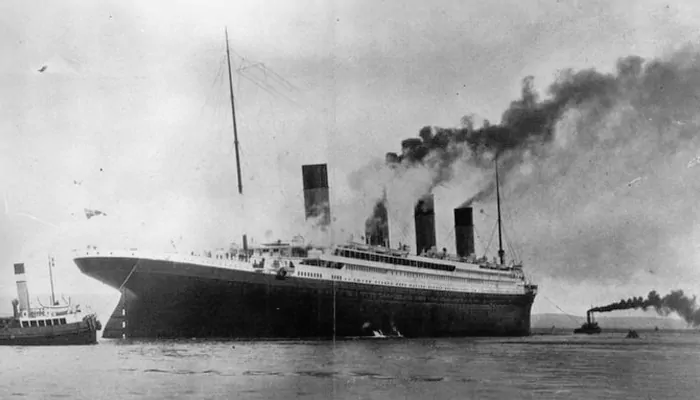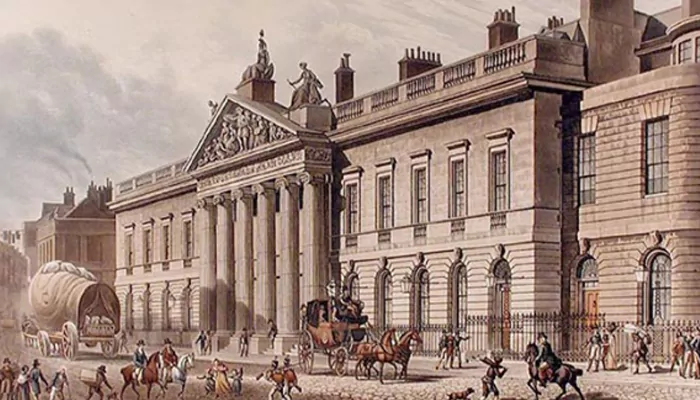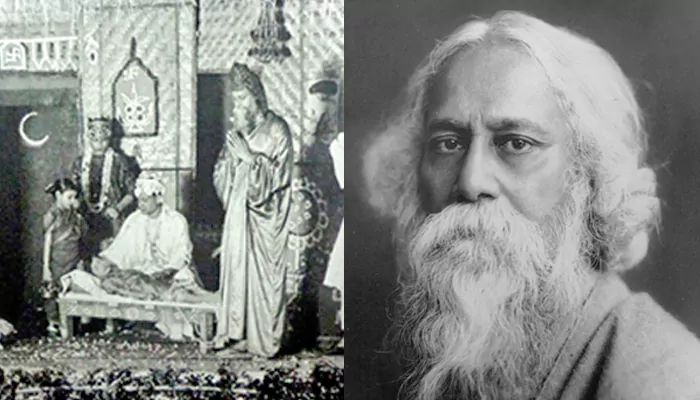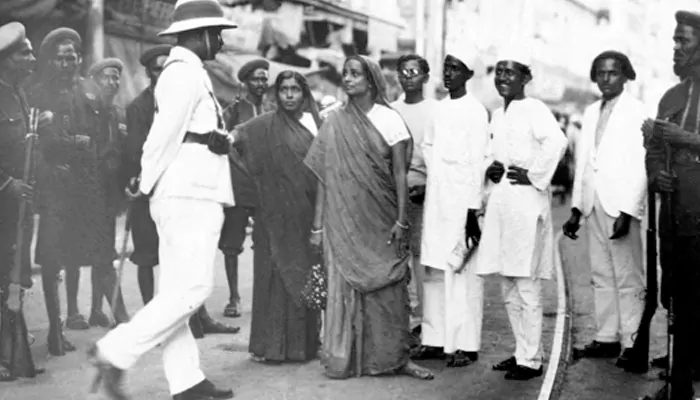On This Day, 1912 - Titanic Set Sail from Southampton: Could It Have Been Saved? THEORIES That Say 'Yes'
- Sayan Paul
- 8 months ago
- 6 minutes read

The Titanic sank and became a disaster...but what if things had gone just a little differently?
When a disaster happens, we think less about what happened and more about what could have been if only we had done things differently. We rewrite the past in our heads, searching for the one move, the one decision that might’ve changed everything. It’s human nature. For instance, after losing someone personally, we wonder if we could’ve acted sooner, loved harder, or fought longer. On a broader scale, look at the pandemic and the lockdown; only when it ended did we start asking: could we have handled it better? And now, climate change stares us in the face. It’s still within our hands to act but see, no one cares. One day, when it’s too late, we’ll ask the same old question: what could we have done?
The Titanic story is no different. A symbol of tragedy, but also of missed chances. Study a little, and you’ll find that there were multiple ways the ship could’ve survived. Unlike 'Avengers: Endgame', the MCU film, where Dr. Strange saw 14 million outcomes and just one path to victory, Titanic had many paths to safety. Yet, fate chose the one that led to disaster.
Many of the haunting images in this video were captured by Francis Browne and the Odell family, all who boarded the Titanic but disembarked in Queenstown before the sailing to New York. AI animation courtesy History in Motion.#titanic #rmstitanic pic.twitter.com/9rbs4JEpjw
— Titanic New York | Pier 16 (@TitanicNewYork) March 30, 2025
(Credit: Titanic New York | Pier 16)
Well, Titanic set sail from Southampton, England, on April 10, 1912 - exactly 113 years ago. To mark the anniversary, let's discuss some theories that say how the ship could have been saved.
The “Head-On” Theory
One of the most famous theories is that Titanic might have fared better if it had hit the iceberg head-on. Naval architect Edward Wilding, who had worked on Titanic’s design, said that a head-on collision would have crushed the bow but flooded only the front two or three watertight compartments. Since the ship was designed to stay afloat with up to four flooded compartments, it likely wouldn’t have sunk. But the crew tried to steer around the iceberg, scraping the side and tearing open multiple compartments. In trying to avoid the hit, they unknowingly sealed their fate.

A still from ‘Titanic’ – the film
The Missing Binoculars: A Key Left Behind
A surprisingly simple mistake may have played a crucial role. The Titanic’s lookouts had no binoculars on the night of the collision. Why? Because the key to the locker was accidentally taken by Officer David Blair when he was reassigned before the ship's departure. And no one knew where it was kept.

Would binoculars have helped the lookouts spot the iceberg in time? Possibly. Though some experts argue they may not have been effective at night, even a few extra seconds could have changed everything.
The Speed Factor: Full Throttle into Ice
Despite receiving multiple iceberg warnings on April 14, Titanic continued steaming at nearly full speed, about 22 knots (41 km/h; 25 mph), only 2 knots (3.7 km/h; 2.3 mph) short of her maximum speed.
Many experts argue that had Titanic reduced speed after receiving warnings, the crew could have had more time to spot the iceberg and avoid disaster.
It was thought to be unsinkable. But on April 14, 1912, the world lost the largest and most advanced passenger steamship of her time..
— Wolf of X (@tradingMaxiSL) June 28, 2024
A Thread 🧵👇
1. Photo of Titanic leaving the Irish coast for New York, considered to be one of the last photos taken of the ship pic.twitter.com/QJRb35yFeV
(Credit: Wolf of X)
Lifeboat Shortage: A Tragedy of Archaic Rules
This one is not about the ship, but about its passengers who died in the disaster. Titanic had lifeboats for just 1,178 people, far less than the 2,200+ onboard. Shockingly, this wasn’t illegal at the time. The British Board of Trade required lifeboats based on ship tonnage, not passenger count.
The Titanic had lifeboats for just over half of the people on board.
— History Nerd (@_HistoryNerd) December 17, 2024
Not because of space—there was room for more—but because too many lifeboats “ruined the aesthetic.”
It gets worse.
When the lifeboats were launched, they were half-empty. pic.twitter.com/gwl6AeDqRh
(Credit: History Nerd)
Though the ship was built to accommodate more lifeboats, White Star Line removed some for aesthetic reasons, believing they cluttered the deck (and they weren’t required as the ship was ‘unsinkable’).
Flawed Rivets: Tiny Details with Huge Impact
In a study conducted by metallurgists and researchers, including those from the National Institute of Standards and Technology (NIST), it was found that Titanic’s iron rivets contained a high concentration of slag, a glassy residue that made them brittle.
April 5, 1912, Friday: Titanic arrived at Southampton with 1,880 tons of coal. An additional 4,427 tons is loaded aboard, most pillaged from other liners laid up due to a coal strike.#titanic #rmstitanic pic.twitter.com/hIMxTrJ1sH
— Titanic New York | Pier 16 (@TitanicNewYork) April 5, 2025
(Credit: Titanic New York | Pier 16)
When the iceberg struck, these weak rivets may have popped more easily, causing plates in the hull to separate and allowing water to flood in faster than expected.
The Coal Fire Theory: A Hidden Weakness
Journalist Senan Molony brought attention to a long-ignored factor: a coal fire that had been burning in one of Titanic’s bunkers for days before it even left port.
(Credit: Historical in Vertical)
However, this theory remains controversial. While it’s clear the fire existed, not everyone agrees on how much it contributed to the sinking.
The Titanic didn’t sink the way you think.
— History Nerd (@_HistoryNerd) December 17, 2024
The story isn’t just about an iceberg—it’s about human error, ignored warnings, and catastrophic decisions.
Here’s the truth about what really sank the ‘unsinkable’ ship: pic.twitter.com/T2gU7vTp6L
(Credit: History Nerd)
Behind every "what if" lies a haunting reminder: sometimes, history doesn’t need a villain. It just needs a few wrong decisions.
References:
Would The Titanic Have Sunk If It The Iceberg Head-On? - Rachael Funnell
Sinking of the Titanic - Wikipedia
Lifeboats of the Titanic - Wikipedia
How Tiny Rivets Doomed a Titanic Vessel - NIST
Were There Binoculars Aboard the Titanic? - Laurie L. Dove
A Coal Fire May Have Helped Sink the 'Titanic' - Danny Lewis












